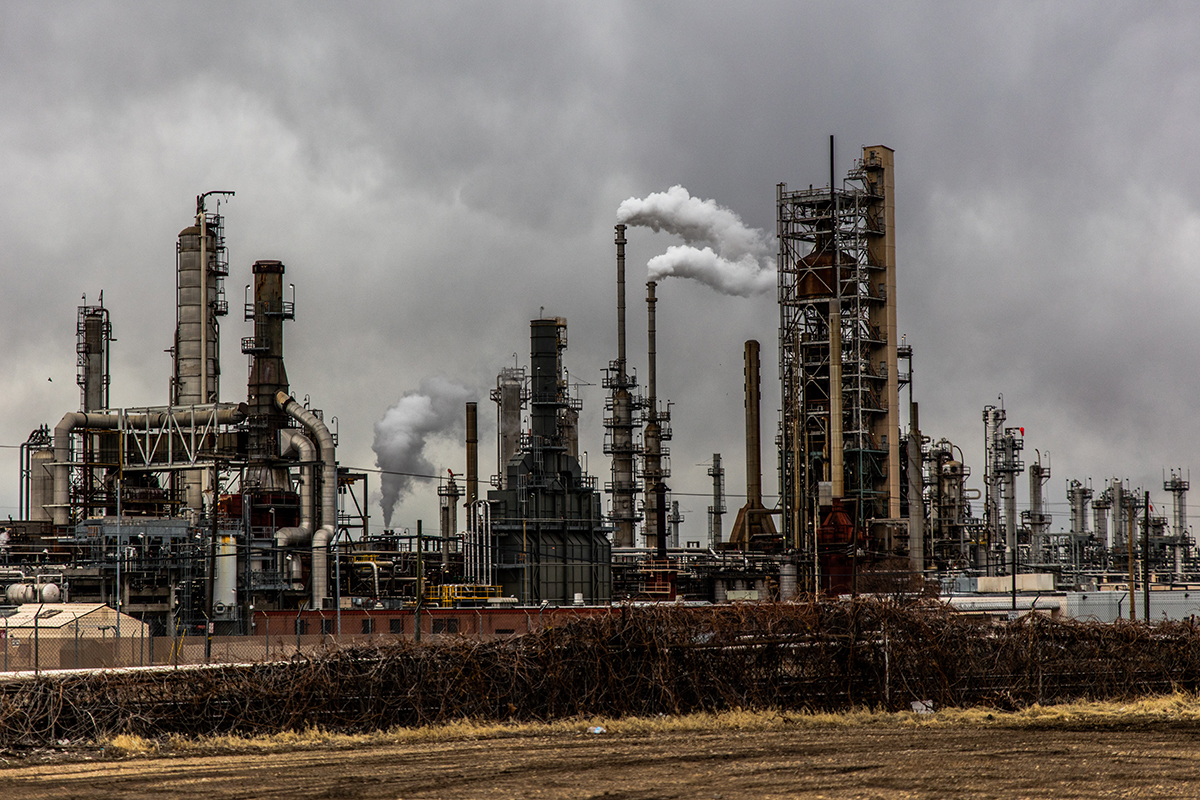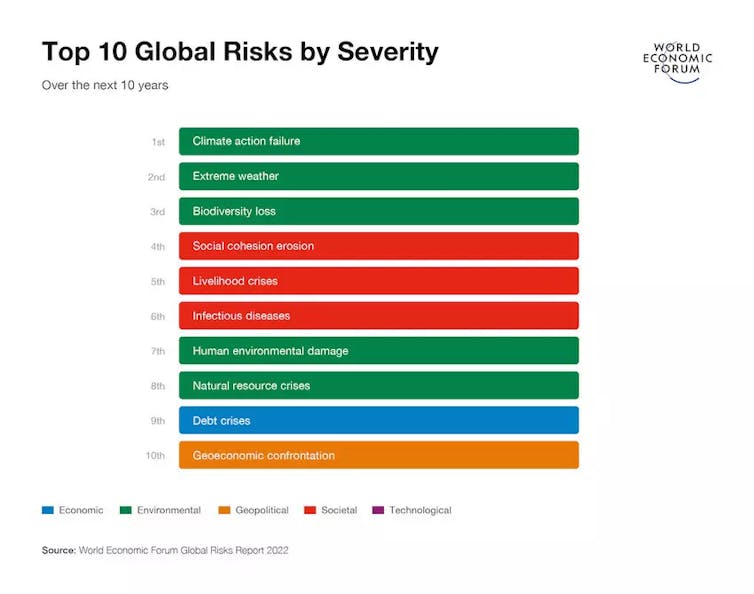What is a climate stress test? A sustainable finance expert explains
February 2, 2022
Share

Imagine this: You take out a mortgage to purchase your dream home. But the rate you were quoted has expired, and when you go to renew it you find there’s been a major hike in interest rates. With this new rate, you are no longer able to afford your monthly payments.
 How do you avoid this nightmare situation? The answer is a stress test.
How do you avoid this nightmare situation? The answer is a stress test.
In the simplest terms, a stress test helps individuals and institutions mitigate risk and make better decisions by playing out big economic shocks — like a major jump in interest rates or a global pandemic — to ensure they have what it takes to weather the storm.
A stress test is a “what if” exercise, where we contemplate scenarios that would pose the most harm to our financial systems and well-being in order to determine how we can best manage through them. They’re now being increasingly applied to future climate change and the financial risks that come with it.

Physical risks, transition risks
The 2008 financial crisis put the need for better risk planning into sharp relief, especially for financial institutions. It’s no coincidence that we have seen a steady rise in the use of this tool since that time.
Today, financial regulators, banks and policy-makers use stress tests to uncover weak points in how financial institutions operate and identify changes that will help buffer them (and our larger financial system and everyone who depends on it) from harm.
So, what’s a climate stress test? It is the same what-if exercise, conducted through the lens of different climate scenarios that have diverse and significant financial consequences.
On the one hand, there are physical climate risks. Think, for example, of extreme weather events, such as floods, droughts, ice storms or heat waves, that can damage property, disrupt supply chains, increase insurance costs, and shut-down operations. In scenarios where global temperatures rise higher, the physical risks increase.
On the other hand, there are also transition risks. This refers to the material impacts of various degrees of climate ambition and action.
For example, new or more stringent government policies aimed to further reduce carbon emissions or at a faster pace will have different financial impacts on different companies, depending upon their climate-readiness, and on different sectors.
Scenarios aren’t predictions
Climate scenarios take both types of risk into consideration, physical and transition. Like other types of stress tests, these scenarios aren’t predictions. Imagining what would happen if interest rates skyrocket isn’t the same as predicting that they will.
However, given the established scientific consensus that climate change risks are increasing and the high degree of uncertainty these risks create, climate stress tests are an important tool to assess the sustainability of companies, investments and our financial system overall. And there is increasing momentum behind this practice.
For example, the Office of the Superintendent of Financial Institutions (OSFI) and the Bank of Canada recently released a major report examining four climate scenarios over a 30-year horizon, from 2020 to 2050, that varied in terms of ambition, timing of global climate, and pace of global change:
-
Baseline scenario: A scenario with global climate policies in place at the end of 2019.
-
Below 2 C immediate: An immediate policy action toward limiting average global warming to below 2 C.
-
Below 2 C delayed: a delayed policy action toward limiting average global warming to below 2 C.
-
Net-zero 2050 (1.5 C): a more ambitious immediate policy action scenario to limit average global warming to 1.5 C that includes current net-zero commitments by some countries.
Physical risks dominate
The results of the analyses were clear.
First, delayed action will lead to higher economic shocks and risks to financial stability. The longer we wait to act, the more drastic and sudden those actions will be.
Second, while every sector will need to contribute to the transition, the analysis showed that “significant negative financial impacts emerged for some sectors (e.g., fossil fuels) and benefits emerged for others (e.g., electricity).”
Third, macroeconomic risks are present, particularly for carbon intensive commodity exporting countries like Canada.
The European Central Bank also conducted a climate stress test with similar findings. It determined that climate change represents a systemic risk — especially for portfolios in specific economic sectors and geographical areas. For example, in the mining and agriculture sectors, or in oil-dependent regions like the Gulf States.
It also found physical risks will be more prominent in the long run, compared to transition risks. The physical risks of climate change on real estate in coastal regions or on supply chains is expected to be greater than the effects of changes in carbon pricing or other policies.
These findings have clear implications for companies and investors. Now more than ever the business case for prioritizing and evaluating corporate climate resilience is clear, especially as investors and lenders increasingly incorporate climate data into their financial decisions.
For example, it is now more broadly understood how climate policy changes could abruptly impact a company’s valuation and financial outlook. This makes climate policy foresight critical, for corporate leaders and investors alike.
As climate stress tests become increasingly common, their findings and implications will reverberate across the entire financial industry. Savvy leaders will both watch this conversation closely, and take the necessary steps to adapt and thrive.![]()
___________________________________________________
Ryan Riordan, Professor & Distinguished Professor of Finance, Research Director at the Institute for Sustainable Finance, Queen's University, Ontario
This article is republished from The Conversation under a Creative Commons license. Read the original article.